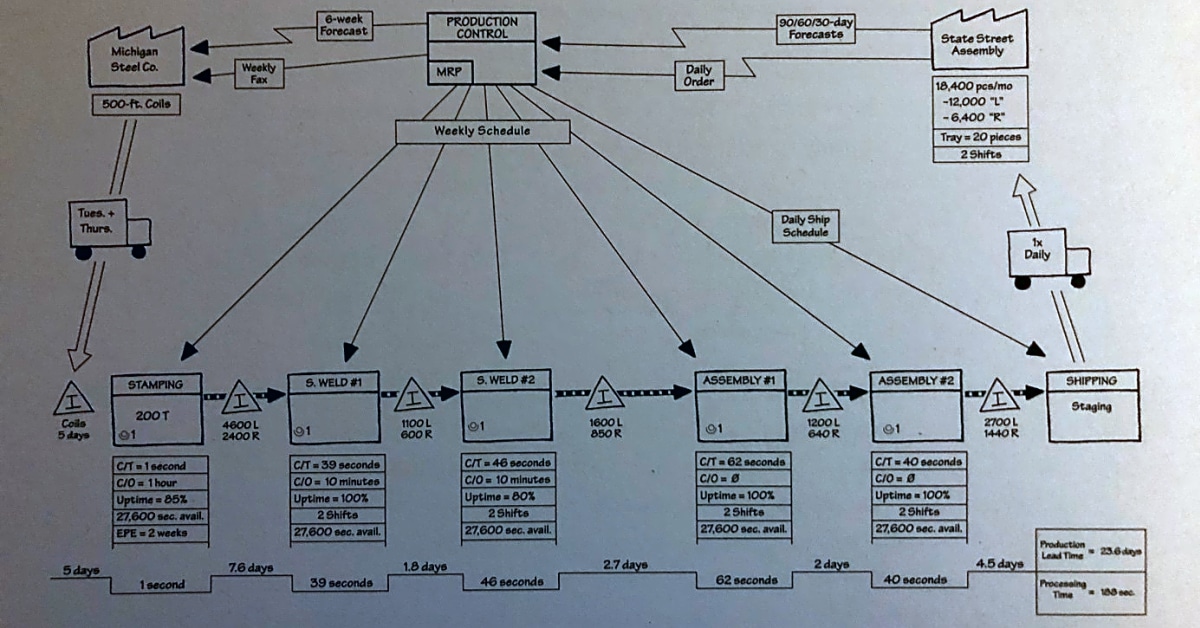Process improvement is a crucial aspect of operational leadership, as it involves analyzing and optimizing existing processes to increase efficiency and productivity. One important tool in this process is creating Standard Operating Procedures (SOPs). These procedures serve as a guide for employees to follow in order to perform tasks consistently and effectively. By documenting SOPs, organizations can ensure that their processes are standardized and easily replicable, leading to better overall performance. In this article, we will provide a comprehensive overview of creating SOPs, discussing the importance of SOPs in process improvement and operational leadership, the steps involved in creating SOPs, and best practices for maintaining and updating them. So if you’re looking to streamline your processes and enhance your operational leadership, read on to learn more about creating effective SOPs.
To begin, let’s define what SOPs are and why they are important. SOPs are detailed step-by-step instructions that outline how tasks should be performed in a specific business process. They provide consistency and structure, ensuring that everyone is following the same procedures and achieving the same results. As an operational leader, having well-defined SOPs in place allows you to effectively manage your team and monitor performance. It also helps identify areas for improvement and opportunities for process optimization.
Why SOPs are Crucial for Effective Management
In today’s fast-paced business world, effective operational leadership is crucial for success. Whether you are a seasoned manager or a new team leader, having a clear set of Standard Operating Procedures (SOPs) is essential for streamlining processes, improving efficiency, and achieving organizational goals.
Standard Operating Procedures (SOPs) provide a standardized way of performing tasks and activities within an organization. This not only ensures consistency and quality in work but also makes it easier for new employees to understand and follow procedures.
Moreover, SOPs help in identifying areas for improvement and streamlining processes. By having a clear set of procedures in place, operational leaders can easily identify bottlenecks and inefficiencies in their processes, allowing them to make necessary changes and improvements for better results.
SOPs also play a crucial role in risk management. By having established procedures in place, organizations can mitigate potential risks and ensure compliance with regulations.
Overall, creating SOPs is crucial for effective management as it allows for better organization, efficiency, and risk management. It also sets a standard for quality work and makes it easier for new employees to learn and follow procedures. As an operational leader, incorporating SOPs into your management practices can greatly contribute to your overall success.
Strategies for Developing Comprehensive SOPs
In today’s fast-paced business world, it is crucial for operational leaders to have a clear set of Standard Operating Procedures (SOPs) in place. These SOPs not only streamline processes, but they also improve efficiency and help achieve organizational goals. Here, we will go through the step-by-step process of creating SOPs, including best practices and tips for ensuring they are effective and easy to follow.
To begin, it is important to understand the purpose and goal of your SOP. Start by identifying the specific process or task that needs to be documented and why it is necessary. This will help guide the rest of the development process.
Next, gather input from all relevant stakeholders, including team members, managers, and subject matter experts. This will ensure that the SOP is comprehensive and takes into account various perspectives.
Once you have gathered all the necessary information, it is time to outline the steps involved in the process. Use clear and concise language, and consider including visual aids such as flowcharts or diagrams to make the SOP more user-friendly.
After outlining the steps, it is important to test the effectiveness of the SOP before finalizing it. Have a few team members follow the SOP and provide feedback on its clarity and ease of use. Make any necessary revisions based on their feedback.
Finally, make sure to regularly review and update the SOP as needed. Processes and procedures can change over time, so it is important to keep the SOP relevant and up-to-date. By following these strategies, you can develop comprehensive and effective SOPs that will benefit your role as an operational leader.
Using SOPs to Improve Organizational Efficiency and Performance
In today’s fast-paced business world, efficient operational leadership is crucial for success. Standard Operating Procedures (SOPs) are an essential tool for streamlining processes and improving efficiency. As an operational leader, implementing SOPs can help you identify areas for improvement within your organization. By following a set of standardized procedures, you can easily identify any inefficiencies or bottlenecks in your processes. This allows you to make necessary changes and adjustments to improve overall efficiency and performance. Additionally, SOPs provide a clear framework for employees to follow, reducing confusion and promoting consistency in operations. To effectively implement changes using SOPs, it is important to involve all relevant stakeholders and communicate the changes clearly. This ensures that everyone is on the same page and understands their role in implementing the new procedures. By using SOPs to continuously evaluate and improve processes, you can drive organizational efficiency and achieve your goals as an operational leader.In conclusion, SOPs are an essential tool for operational leadership. They provide structure, consistency, and opportunities for improvement. By following the strategies outlined in this article, you can create effective SOPs that will help you become a better leader and drive success for your organization.







